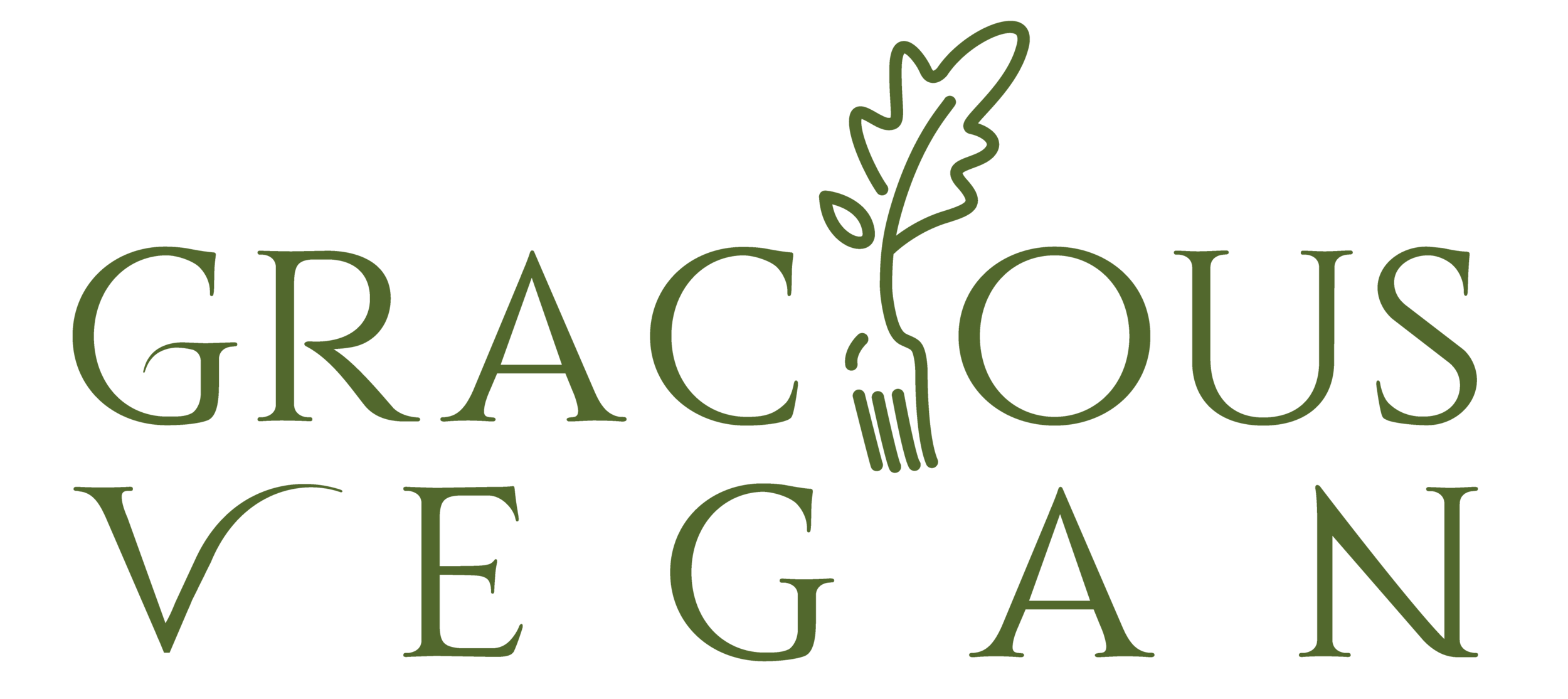What is “Caloric Density”?
If you don’t have to watch your weight, you can ignore this post. For the rest of us, the 99%, “caloric density” matters.
Caloric density is the concentration of calories in a food, essentially the relationship between the food’s calories and its weight. Some foods have many more calories per ounce than others. For example,
Vegan chocolate cake – 93 calories per ounce (1488 per pound)
Fresh apple – 14 calories per ounce (224 per pound)
Big difference, yeah. But we all could have guessed that one.
Some otherwise healthy plant-based foods are relatively calorie-dense.
Oat bran bagel – 71 calories per ounce (1136 per pound)
Raisins – 84 calories per ounce (1344 per pound) (not too far off the chocolate cake)
Dry roasted mixed nuts – 166 calories per ounce (2656 per pound) (almost doublethe chocolate cake!)
Fruits and vegetables
Fruits and vegetables have the lowest caloric density, as we see from the apple example. Fruits and vegetables tend to have high water content, high fiber content, and low fat content. This means they provide a lot of bulk without a lot of calories.
Grains
Grains are higher in caloric density than the majority of fruits and vegetables. Whole-grain and refined grains don’t differ much in calories, but whole grains offer more fiber, which slows the movement of food through your system. Fiber also regulates sugar levels and helps keep you fuller longer.
Oils
Oils and butter are the most calorie-dense foods. Oil is 100% fat, and butter (even vegan butter) is nearly that, too.
Olive oil – 248 calories per ounce (3968 per pound)
Avoiding hunger pangs
Caloric density matters if you want to avoid hunger pangs. Eating lots of fruits and vegetables means you can eat more and feel fuller. But you can’t live on fruits and vegetables alone—you need protein and grains too. Tilting the balance toward fresh fruits and vegetables and trying to include them in every meal and snack will help you feel satisfied.
Using dried fruit and nuts between meals to stave off hunger can be dangerous if you really do need to watch your weight. They are deceptively high in calories, even though they are much healthier for you than chocolate cake.
For more information
If you want a visual representation of the caloric density of dozens of foods, download this chart.

